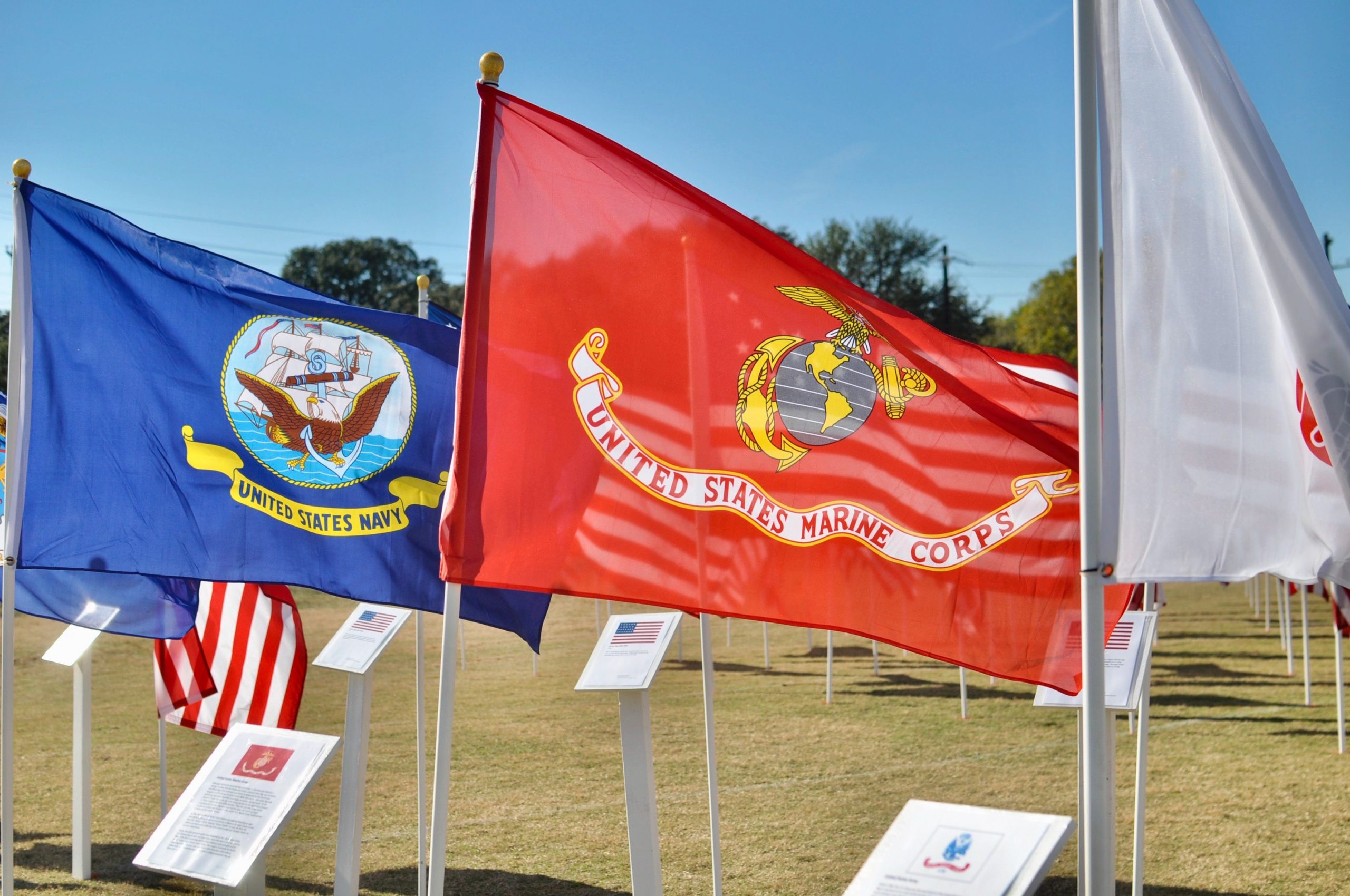
Chris Lange, FISM News
[elfsight_social_share_buttons id=”1″]
On the brisk autumn evening of Friday, November 10, 1775, a group of men of varied ages and occupations assembled together in the rooms of a candle-lit Philadelphia bar to learn about a new initiative in the fight to establish American independence from Britain. Five days prior, in the dusty rooms of the Tun Tavern, the Second Continental Congress had passed a resolution that “two Battalions of Marines be raised” to work with the Continental Navy to engage in ship-to-ship fighting, provide shipboard security, and assist in landing forces, signaling the birth of what would become the United States Marine Corps.
Today marks the 246-year anniversary of this time-honored branch of the U.S. military, now 178,000 strong.
According to Marine Corps University, the man credited with the formation of the first iteration of today’s Marine Corps is Samuel Nicholas. Born to a prominent Philadelphia Quaker family and the son of a successful blacksmith, Nicholas was the proprietor of his own tavern, the Conestoga Wagon, and was perhaps best known for his membership in Philadelphia’s most exclusive hunting and fishing clubs, as well as the city’s Patriotic Association.
Orphaned at an early age by the death of his parents, Nicholas was placed in the care of his uncle, Attwood Shute, who served as the city’s mayor from 1756-1758. With Shute’s endorsement, Nicholas was able to study at the notable Philadelphia Academy alongside the children of other prominent families, forging invaluable friendships in the process.
It was his connections in and among the city’s taverns, however, that perhaps factored most heavily in the decision by the Second Continental Congress to seek his aid in the formation of a “marine corps,” despite his having no formal military training. Congress knew that the breed of patriotic, fighting men they were seeking could be found in Philadelphia’s taverns, where many important discussions of the day were held and decisions made concerning the American Revolution.
Postings displayed around the city for the Nov. 10 Marine Corps recruitment sought “good seamen, or so acquainted with maritime affairs as to be able to serve to advantage by sea.”
Nicholas was appointed Captain of Marines on November 5, 1775. He established a base at the city’s prominent Tun Tavern, frequented by his fellow Freemasons. Benjamin Franklin, also a Freemason, organized the Pennsylvania Militia there in 1756 to combat Native American uprisings in the surrounding colonies.
Nicholas’ first crew set sail with the U.S. Navy, under the command of Esek Hopkins, in an amphibious assault against the British Port of Nassau, Bahamas, in an effort to seize gunpowder. Although British forces managed to remove the gunpowder before it could be located, the crew managed to seize two forts and numerous military supplies before withdrawing back to New England.
Subsequent campaigns would follow in America’s Revolutionary War, and Nicholas would eventually be promoted to Major.
When the April 1783 Treaty of Paris brought an end to the Revolutionary War, the Continental Navy and Marines ceased to exist. The Marine Corps was formally reestablished by an act of Congress on July 11, 1798, at the onset of the naval Quasi-War between the United States and France (known then as “The Undeclared War with France” and the “Pirate Wars”), thus establishing today’s United States Marine Corps.
